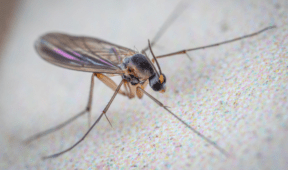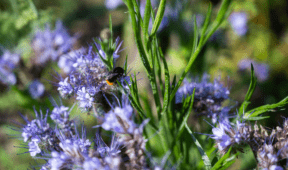How To Keep Ticks Out Of Your Yard
Ticks are more than just a nuisance you pick up when hiking. They can carry diseases, latch onto pets, and spread through a garden quickly without much warning. If you spend time in your yard during the warmer months, it’s worth taking a few steps to make it a less welcoming place for ticks. The good news is that it doesn’t take much to make a difference. Here’s what to do.
Trim Things Back
Ticks don’t like open, sunny areas. They live in shaded places, especially tall grass, dense shrubs, and brush along the edge of your yard. If your grass is too long or your hedges are growing wild, you’re giving them the perfect place to wait for their next host. Keep your grass short, trim your hedges, and cut back any overgrown areas. Open, sunlit yards are less attractive to ticks and easier for you to manage.
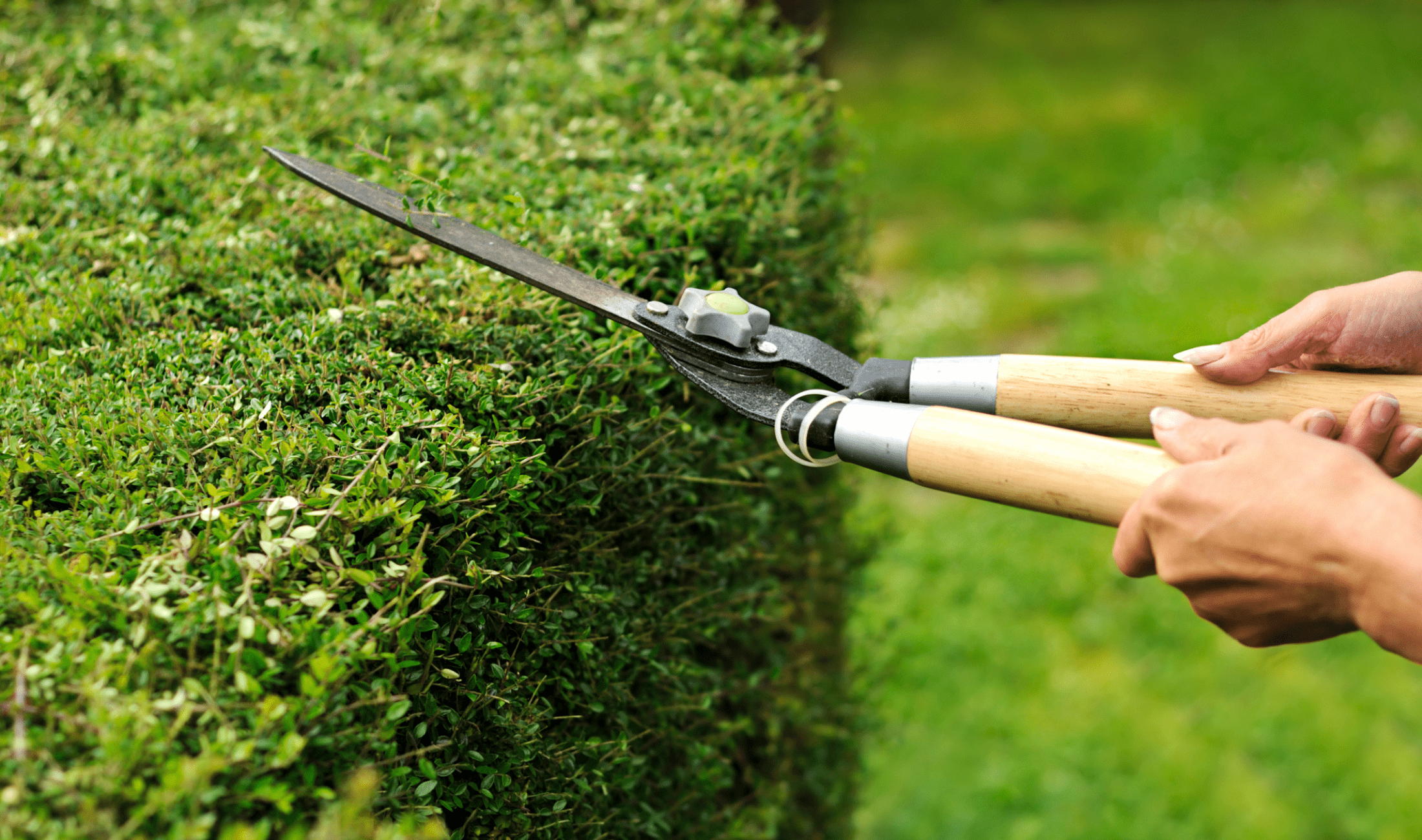
Separate Your Lawn
If your property borders a wooded area, you’ll need a buffer. A strip of mulch, gravel, or stone between the woods and your lawn can help stop ticks from moving into your yard. This barrier doesn’t have to be wide, but it should be noticeable and consistent. It creates a dry, open area that ticks tend to avoid and helps you keep that edge of the yard under better control.
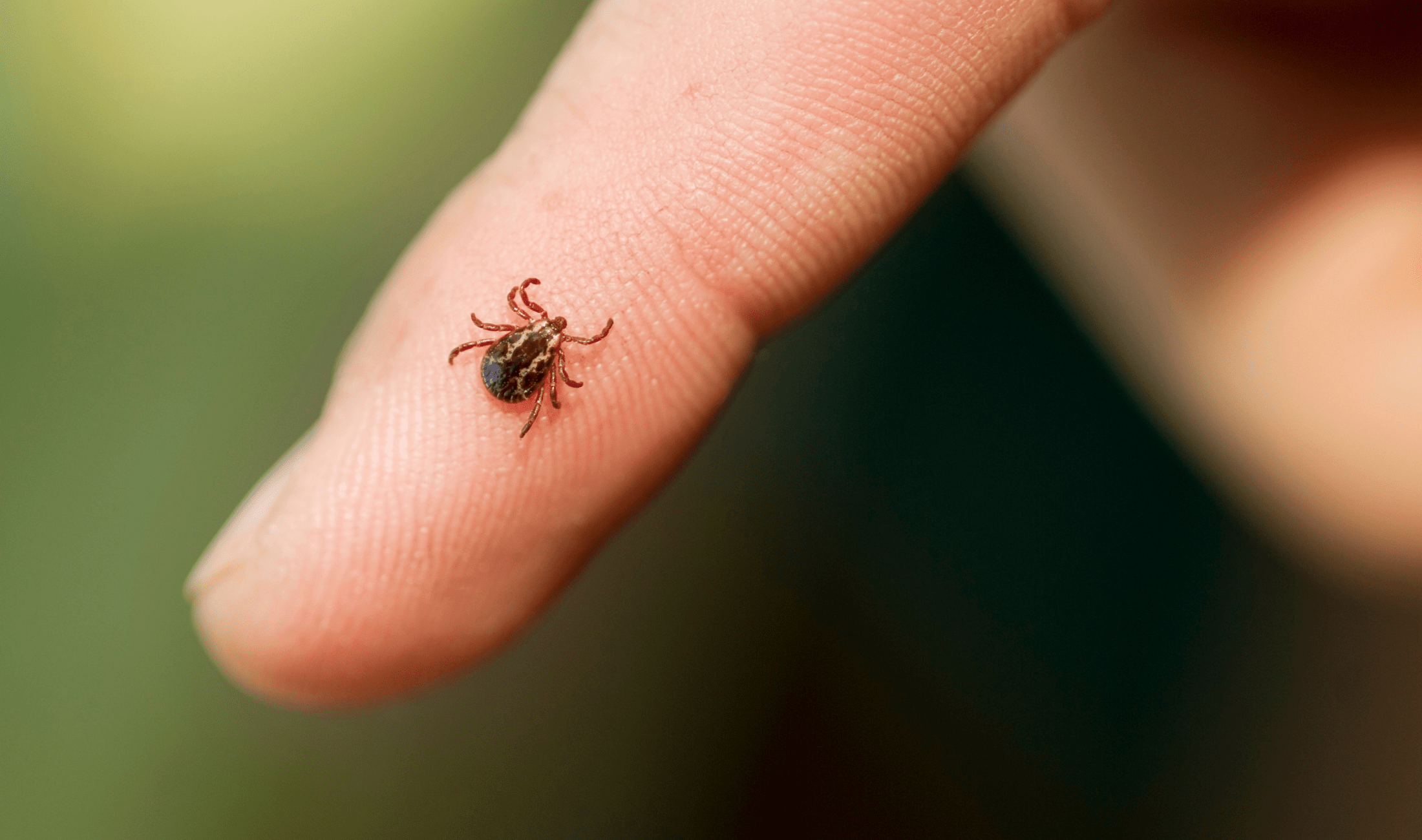
Let the Sun Reach the Ground
Ticks need moisture to survive, and shade helps hold that moisture in. If your yard is thick with trees or large bushes, open it up where you can. Prune branches to allow more sunlight through. Remove low-hanging limbs and overgrown ground plants. More sun reaching the soil helps dry out damp areas and reduces the habitat ticks depend on.

Clean Up Animal Paths
Ticks often hitch a ride on deer, raccoons, and rodents. If your yard has places where animals pass through or hide, like wood piles, sheds, or compost bins, they can become hotspots for ticks. Stack wood in dry, sunny areas and keep it off the ground. Seal gaps under sheds and don’t let brush pile up nearby. The less wildlife hanging around, the fewer ticks you’ll have dropping off and settling in.
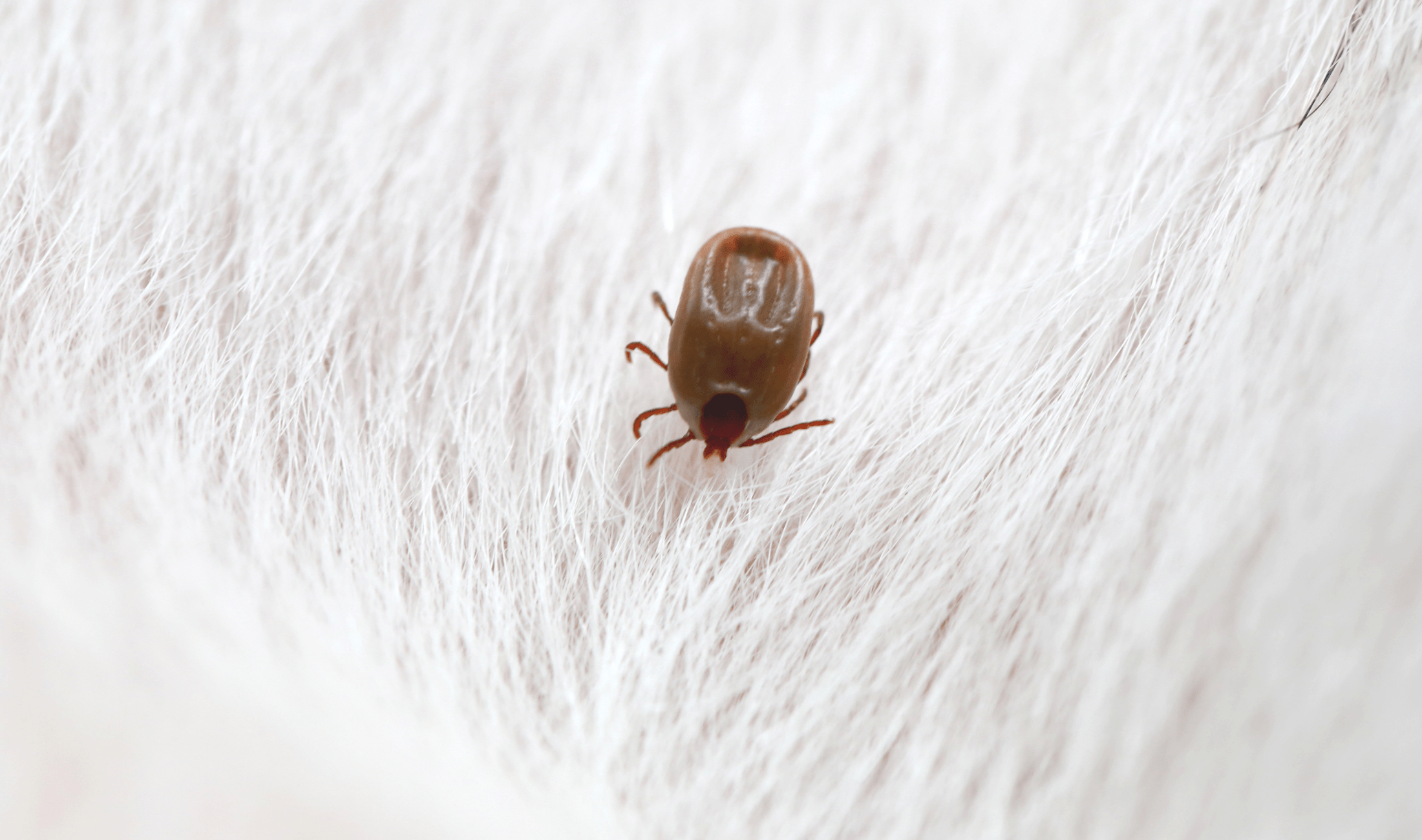
Plants That Ticks Avoid
Some plants naturally repel ticks and other insects. Rosemary, lavender, and marigolds have strong scents that ticks don’t like. While planting these won’t guarantee a tick-free yard, it’s a good step to include in your broader strategy, especially if you use them around seating areas, walkways, and the edges of your yard. They won’t harm pets or people, and they might help keep both ticks and mosquitoes at a distance.

Treat Your Yard
If ticks are a serious problem, it may be worth using a yard treatment specifically for dealing with ticks. There are sprays available that target ticks but are safe for pets and people once they dry. Focus on shaded areas, under decks, and along fences. You can also hire a professional to do a more targeted treatment. If you choose this route, time it for spring or early summer when ticks are most active.

Related Articles
- Discover the Best Mosquito Trap for a Bug-Free Backyard
- Why You Should Never Kill This Common Household Bug
- Tricks For Keeping Bugs, Mice, And Other Pests Far Away From Your Home
Ticks aren’t just an issue in the woods. They show up in backyards, gardens, and play areas, seemingly more and more frequently every year. With just a few simple changes, you can lower the chances of them showing up where you, your family, or your pets spend time. Stay consistent with your efforts and pay attention to changes in your yard. A little regular upkeep goes a long way in keeping your space safer and more comfortable.


